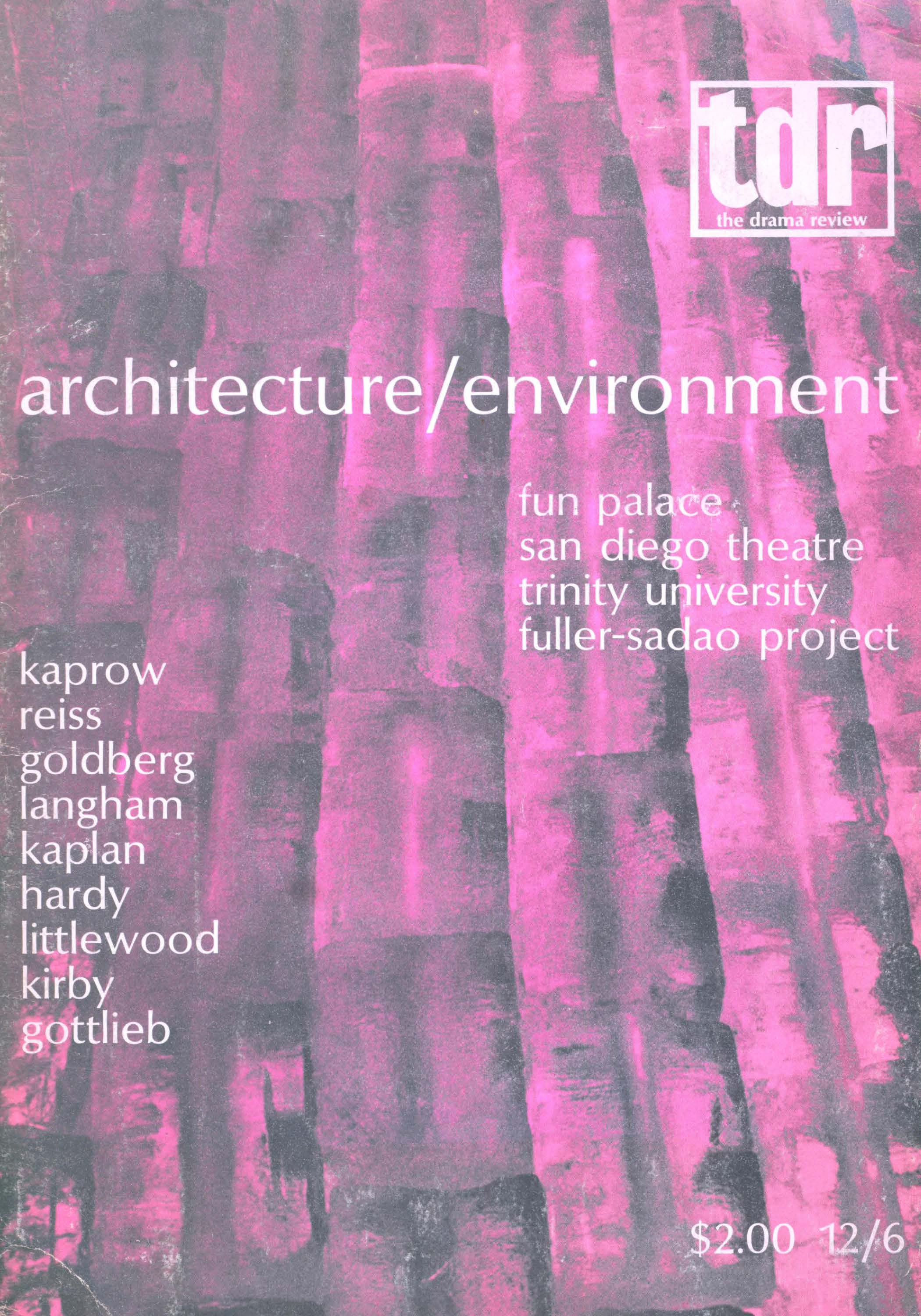Article contents
The Icon and the Absurd
Published online by Cambridge University Press: 07 December 2021
Extract
In the casinos of Las Vegas the black-jack tables and roulette wheels stand silent from five to seven A.M. Slotmachines alone remain for the stragglers unconquered by night and fatigue. These slotmachines do not give their players even the illusion of control, for the game consists only of throwing in money and moving the metal arms. Fate is blind and completely encased in the mechanism. The player merely sets fate in motion, and fate in turn brings either a loss of the stake or its manifold increase. The slotmachines are closed structures: the player and the mechanism—no one and nothing beyond that. “Others” in this structure do not exist. No one stands between the player and fate. “God,” who arranges the mechanism, repairs it, takes out the money, is invisible. He doesn't exist, at least not for the player.
- Type
- Research Article
- Information
- Copyright
- Copyright © 1969 The Drama Review
References
This essay originally was to have appeared in the special issue of Comparative Drama on “The Theatre of the Absurd: Slavic and Western.”
- 5
- Cited by


